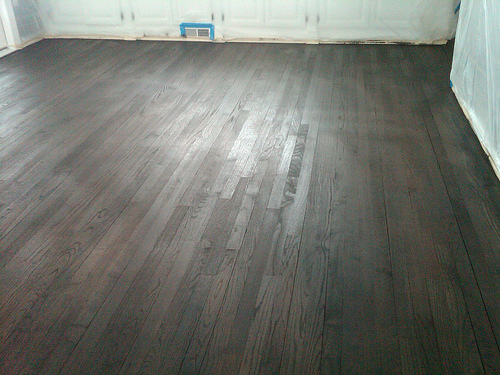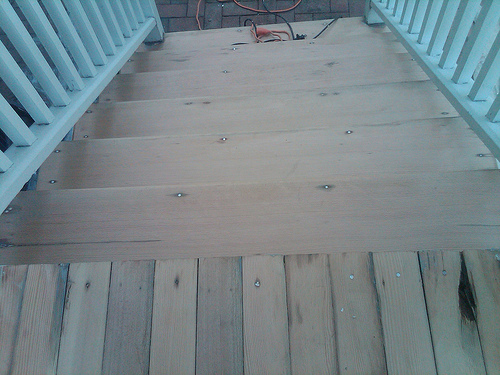[post_name how to repair Drywall Repairs

Drywall Plastering is commonly changed with other types of standard plastering due to the fact that it is labor intensive and also expensive also. The old fashioned plaster on timber needs three coats of plaster as well as it might not be within the ability of numerous individuals to do it, and needs specialists many of the time to do even the repair work work.In lots of brand-new houses today drywall plastering is unquestionably the favored wall surface covering product. It costs fairly much less and also does well in many applications. It is additionally simple to install as well as the completed look is also excellent, especially after it is paintinged properly.There is paperless DP
also. Since there is no paper surface the drywall is covered with fiberglass. The positive attributes of the fiberglass surface are water-resistance as well as decrease in the spread of mold.The product used to spot the plaster for the openings is unique. It is not too tough to patch plaster walls, however it depends upon the dimension of the openings to be covered. Nevertheless, it is advised not to make use of drywall joint compound as patching material.There are different sorts of devices for this kind of plastering, as well as they have different levels of quality.
If you want doing a great deal of drywall tasks, it is worth spending in some devices like a variety of joint knives, stilts, a taping banjo or other special tools.Drywall plastering is made use of to complete interior walls. Yet you have to take care to select the ideal sort of plastering for the right location, as
there are various types. For wet places there is an unique type of gluing which is moisture-resistant. If you make use of normal drywall in such locations, it could fall apart.Sometimes also if the plastering is done appropriately, it gets cracks. In such instances the joint compound might hold excessive water and afterwards split when it runs out. Or, due to some activity of the walls cracks can develop.But really DP additionally calls for ability. It seems quite very easy, however it should be exercised a few years, prior to it could obtain an ideal look. There are Do It Yourself's tools available in the market. Try as well as prevent both common mistakes made.
Never deal with bumpy joint substance as well as you have to live with the suggestion that you can not become a nit-picker in DP after having applied just a 2nd coat.Drywall completing methods can assist you to get an expert surface. They are not as easy as they appear to be on TV or in the Do It Yourself's handbook. You must get enough method functioning with joint substance as well as drywall insulation. Actually it needs a great deal of hand-eye co-ordination as well.There are
some common issues connected with drywall plastering and also these are sores on the plastering, and the tape likewise often tends to diminish at areas. The sores occur usually when there isn't really adequate joint substance in between the tape and the drywall surface. Here again your hand-eye co-ordination is essential. Besides that the blending of the joint compound is necessary, due to the fact that it needs to have the appropriate consistency. And also you ought to additionally have the right tools to stop the sores.
Drywall - Methodologies and Benefits
These days screws are considered better for affixing drywall, yet there are still places where nails are primarily utilized. This short article describes what you could do to take care of the trouble when nails begin to bulge of the surface.The most usual areas to find popped nails are along the edged of ceilings on outside wall surfaces. The factor is that temperature level distinctions often tend to turn products no matter whether it's steel or wood. Likewise, condensation on the top of nails can bring about discoloring of the material made use of to cover them and also sometimes it will even diminish completely.In various other cases nails could pop if your home has worked out somewhat gradually. Residences can in some cases work out too quick as well as excessive, and if you believe this might be the case with your residence it's a smart idea to speak to a residence assessor and also have that person check it out and also see if they can see what the problem is. Clearly, if there is a structural trouble in your residence, it really doesn't make much feeling to address cosmetic issues such as stood out nails.Merely touching a stood out nail right into the timber once more will not repair the issue. The factor the nail appeared the very first
area won't vanish as well as it's just a matter of time before the nail pops right back out once more. Normally, the nail hole has actually raised and also you need something to keep the nail strongly protected. Generally, the best way is by using another nail.This is the best ways to do it: point the brand-new nail at the timber behind the drywall and drive it in following to the old nail. See to it the brand-new nail overlaps the top of the other nail and also own the nail till it creates a small dimple. Check to see that the nail has been owned in adequately by dragging a stiff item throughout the surface( maybe anything really-a leader, a putty knife, as long as it's rigid). If the nails hasn't already been owned in much enough you'll really feel a pull and the nail should be driven in further till there's no resistance.With today's color-changing filler it has actually become extremely easy to fill up in the dimple that you made
. Bright pink is a preferred option as it changes to white when it dries out. You more than likely will not need more compared to a few coats, possibly three, with just a light as well as quick sanding in between applications.Of training course, you could opt to make use of a screw next to the old nail and if you wish to enter this instructions see to it to
countersink the screw enough that the nail becomes hidden below the surface area. Besides that the actions are the very same as currently defined.

How to Remove Drywall Texture
Drywall repair Orange Park town - drywall mud
